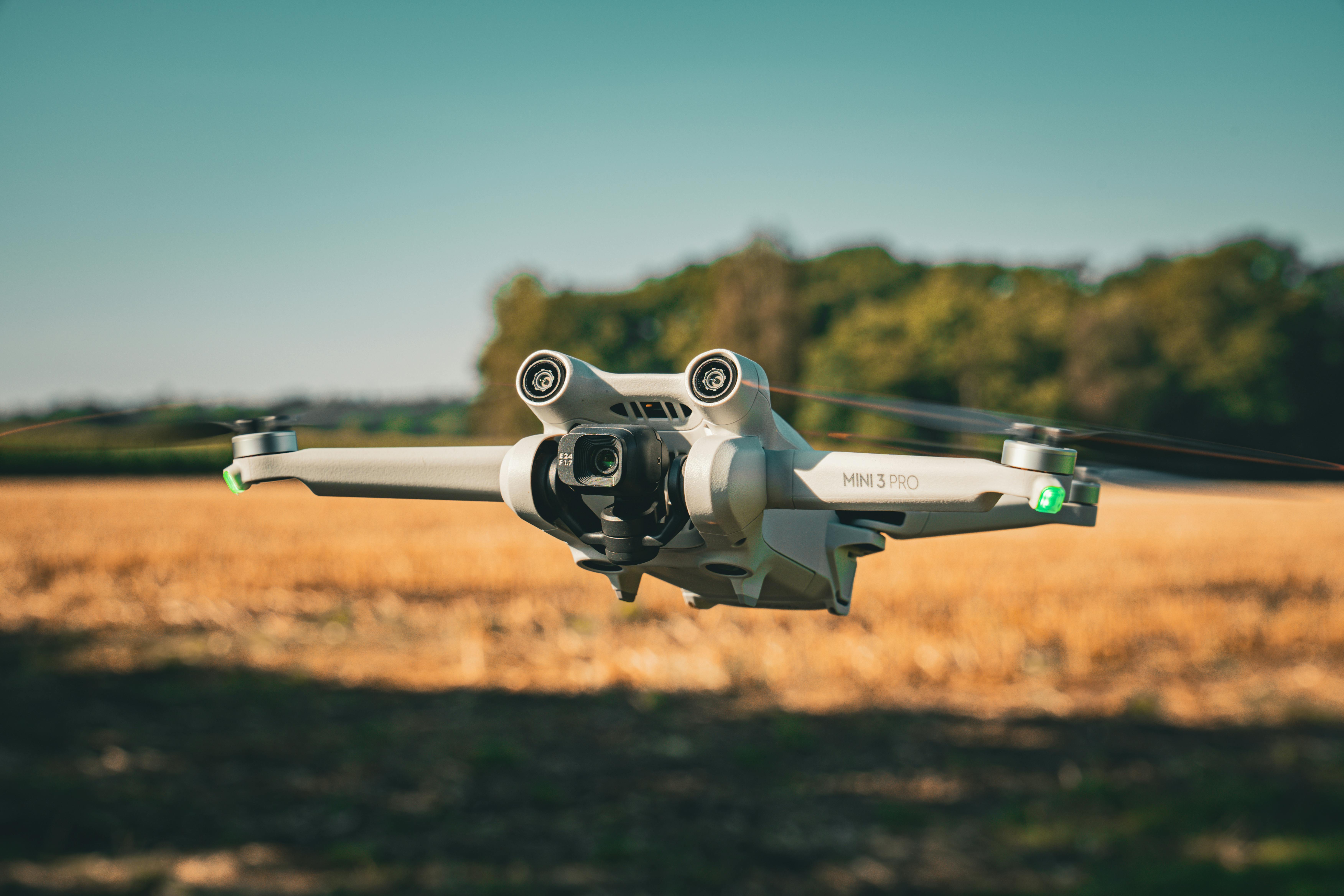Dissecting the Mechanisms behind Advanced Driver-Assistance Systems
The technological leaps in the automotive industry over the last few decades have been nothing short of astounding. Today, we take a deep dive into one such advancement that's changing the way we drive - Advanced Driver-Assistance Systems (ADAS). From collision avoidance to lane maintenance, these systems are making our roads safer. But what's the technology behind these systems, and how do they impact our driving experience?

The Genesis of Advanced Driver-Assistance Systems
ADAS technology can be traced back to the 1990s when Mercedes-Benz introduced the Electronic Stability Program (ESP). This system utilized sensors to detect and correct steering errors, preventing potential accidents. Over the years, ADAS evolved, and more features were added, like adaptive cruise control, lane guidance, and autonomous parking, leading to significant improvements in road safety.
The Modern ADAS: A Fusion of Sensors and Algorithms
In its current form, ADAS is a fusion of various sensors like cameras, radar, and Lidar (Light Detection and Ranging) working together with complex algorithms to monitor the surroundings of the vehicle. The sensors capture data, which is analyzed by the algorithms to provide real-time driving aids. The result is an enhanced driving experience that significantly reduces the chances of human error.
The Impact of ADAS on the Automotive Industry and Driving
The introduction of ADAS has revolutionized the automotive industry. Not only has it made driving safer, but it has also set the stage for fully autonomous vehicles. However, the integration of ADAS in vehicles has posed challenges. The technology demands a higher level of precision in manufacturing and introduces potential cybersecurity risks.
The Benefits and Challenges of ADAS
The primary benefit of ADAS is improved road safety. By assisting drivers in maintaining lanes, keeping safe distances, and even braking in emergencies, these systems have the potential to drastically reduce accidents. However, the technology isn’t without its challenges. For one, there’s the high cost of installing and maintaining these systems. Additionally, the reliance on sensors raises questions about the system’s performance in adverse weather conditions.
The Future of ADAS: A Step Towards Autonomous Driving
With the advancements in artificial intelligence and machine learning, ADAS is becoming increasingly sophisticated, inching closer to achieving full autonomy. However, significant challenges remain, primarily pertaining to regulatory and ethical considerations. As we look to the future, it’s clear that ADAS will play a central role in shaping the automotive industry, transforming not just how we drive but also how we think about driving.
In conclusion, the integration of Advanced Driver-Assistance Systems in modern vehicles represents a significant step forward in automotive technology. Despite the challenges, the potential benefits in terms of improved road safety make it a key area of focus in the automotive world. As the technology continues to evolve, we can expect more innovative features to make our driving experience even safer and more enjoyable.





